Africa
Americas
Asia
Europe
Oceania
By Season
By Interest
By Group
Travel Agent Support:
+44 20 4571 6769
Monday-Friday 10 am - 19 pm
Saturday & Sunday: Closed
What to see in Ecuador
Galapagos Islands
Tourist attractions Galapagos Islands
The Galapagos Islands, whose official name is the Archipelago de Colón, constitutes a province of Ecuador and is located 1000 km off the mainland coast, in the Pacific Ocean. The group are formed of a set of thirteen islands of volcanic origin and more than a hundred islets and rocky outcrops. It is the second largest archipelago in the world and with more volcanic activity than Hawaii. The Galapagos is a Natural World Heritage Site and Biosphere Reserve. They are known to be the centre of the observations and studies of Darwin's for the development of his "Theory of Evolution".
Its exotic landscapes do not resemble other islands of the Pacific, on the contrary, they are rather arid, with huge lava fields, rock formations, cactus forests and volcanic cones. And this is exactly where its exoticism lies, in its uninhabited and naked aspect that seems like it is from another time and from another planet. Under the sea, there are underground craters and coral reefs, where an extraordinary biological diversity is present. So much so they are also considered one of the seven underwater wonders of the world and one of the most fascinating places in the planet to perform deep sea diving.
The Galapagos can be reached by air from Quito or Guayaquil. Only four of its islands are inhabited, the town of Puerto Ayora in Santa Cruz Island is the main human settlement. Other minor settlements are Puerto Baquerizo Moreno on San Cristóbal, Puerto Villamil on Isabela Island and Puerto Velasco on Floreana Island.The lava beds of the Island of San Cristóbal are like "a petrified sea at the height of the storm", according to the famous naturalist. Its tourist points are Playa Ochoa, Puerto Grande, León Dormido, Isla Lobos, Puerto Chino, Galapaguera from Cerro Colorado, El Progreso, the Interpretation Center, Cerro Tijeretas, Mann Beach, Punta Carola and La Lobería.
In Isabela, the largest island, you can see an identical landscape. On the way to the volcano Sierra Negra, the vegetation disappears little by little and the magma of recent times floods the horizon along with plenty of large cacti. The equatorial line crosses the north of the island.
The main airport is on Baltra Island, whose most famous attraction is the 150-meter water channel that separates it from Santa Cruz Island and where sea lions, birds and endemic species live together.Bartolome Island has some of the most beautiful landscapes of the archipelago which consist of an extinct volcano 100 meters just off the coast of Santiago Island and a variety of volcanic formations in red, orange, green, black and bright. Pinnacle Rock and the twin bays, separated by an isthmus, are popular with travellers.
In the Plaza Islands and the channel that separates the North Island from the South, the turquoise waters contrast with the black lava of the banks. Plaza South is one of the smallest in the Galapagos, but in spite of its size it is the richest of all and some of the most interesting and outstanding species of the archipelago live there. Seeing land iguanas, that often remain in the shade of the cactus, is guaranteed as well as swallow-tailed gulls who nest on the cliffs.
Its geological past of almost 5 million years has given it a spectacular and unique landscape and has made it home to two thousand endemic species. This is one of the most exciting places for scientists and biologists due to its rich fauna and flora. 220 species of endemic plants have been counted, 399 natives and 119 introduced, transported by the wind, the sea, or the birds that emigrated from the continent. In the animal world, sea lions, dolphins, Darwin finches, cormorants, giant tortoises, land and marine iguanas, flightless cormorants, Galapagos penguins, frigates, seahorses, pelicans, blue-footed boobies and red-legged, albatross and whale and hammerhead sharks constitute the enormous diversity that lives in this exclusive environment.
Travelling to the Galapagos Islands encourages you to strengthen the bond between man and nature and to look into each other's eyes with respect and admiration. The islands are a very unique place, and when you discover them, it is hard to forget your experiences there.
OUR BEST TRIPS TO GALAPAGOS ISLANDS
YOU ALSO LIKE
Tourist attractions ecuador
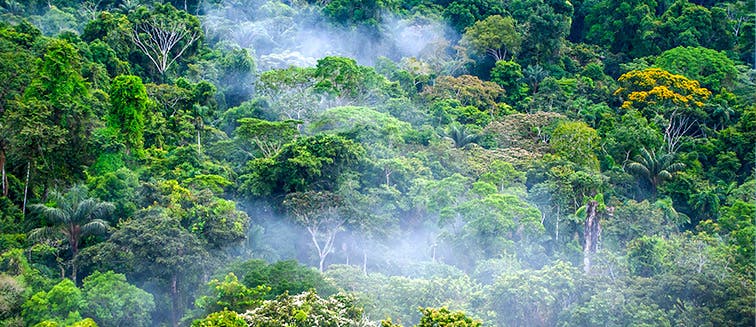
Amazon

Avenue of the Volcanoes
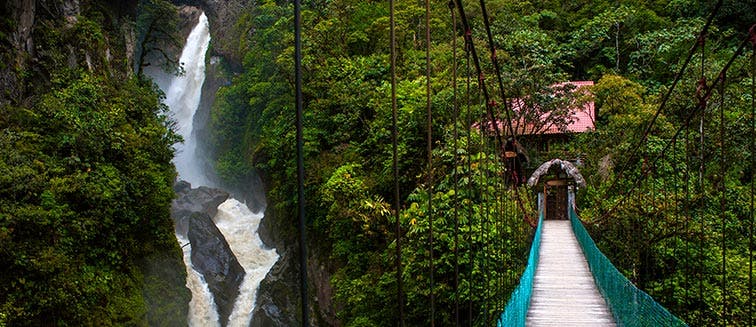
Banos
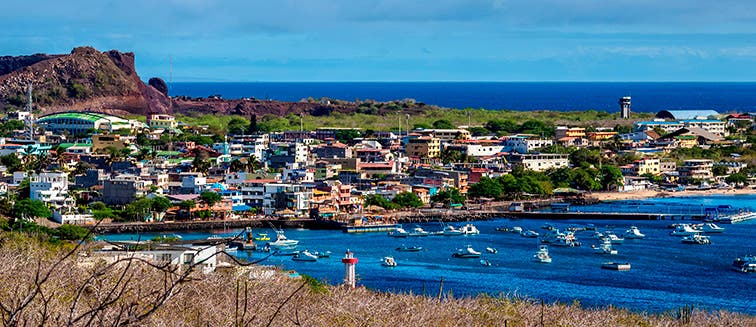
Baquerizo Moreno

Cotopaxi National Park

Cuenca
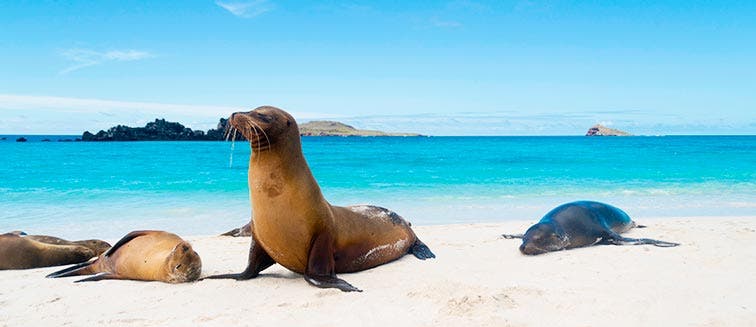
Galapagos Islands
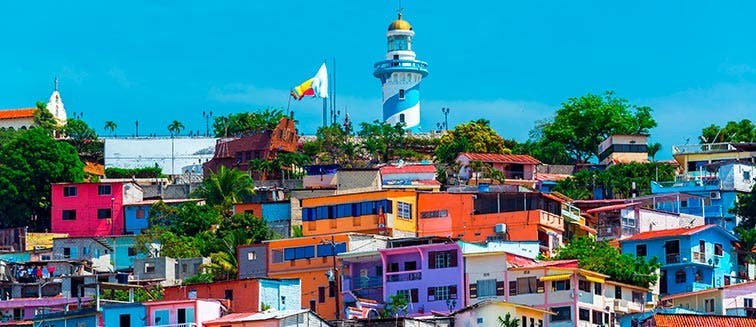
Guayaquil

Isabela Island
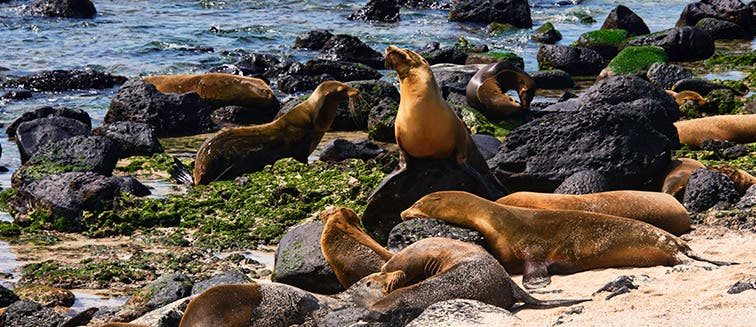
La Loberia Beach
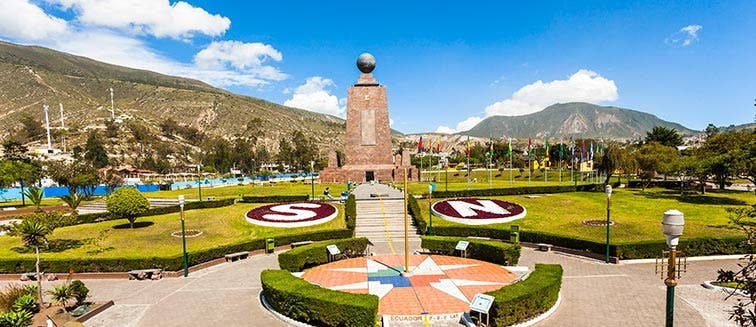
Middle of the World Monument

Mindo
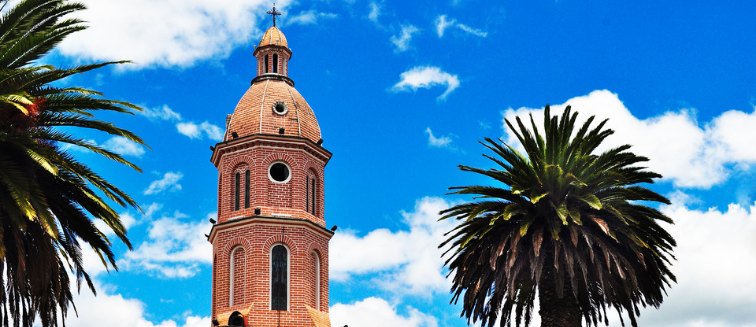
Otavalo
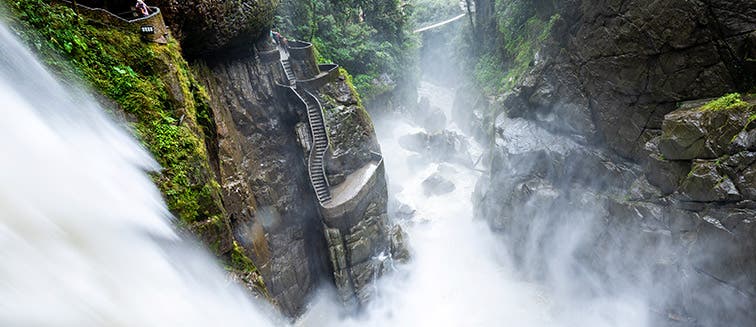
Pailon del Diablo Waterfall
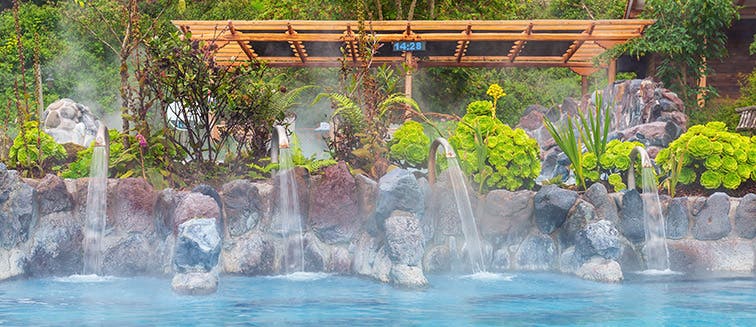
Papallacta Hot Springs
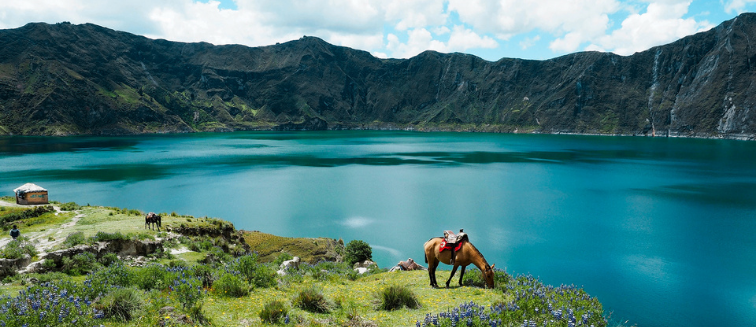
Quilotoa

Quito

Riobamba
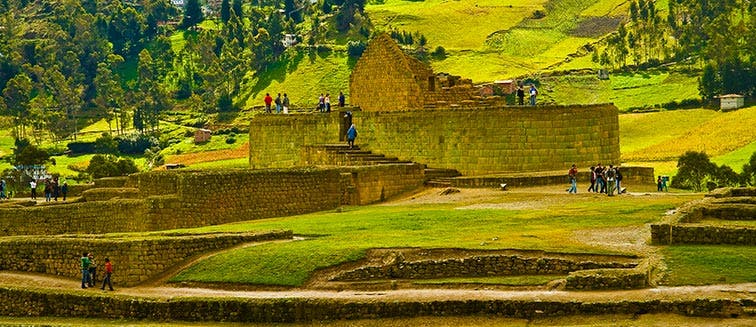
Ruins of Ingapirca
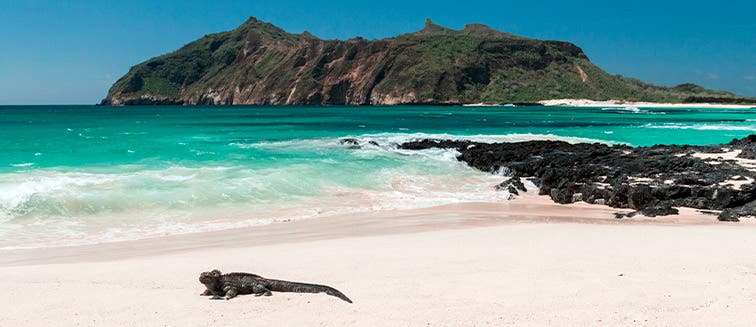
San Cristobal Island
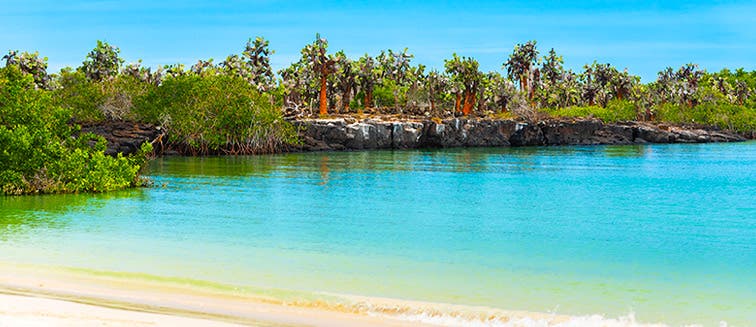
Santa Cruz Island

The Devil's Nose
Points of interests
- Trips to Amazon
- Trips to Banos
- Trips to Baquerizo Moreno
- Trips to Cotopaxi National Park
- Trips to Cuenca
- Trips to Galapagos Islands
- Trips to Guayaquil
- Trips to Isabela Island
- Trips to La Loberia Beach
- Trips to Middle of the World Monument
- Trips to Mindo
- Trips to Otavalo
- Trips to Quilotoa
- Trips to Quito
- Trips to Riobamba
- Trips to Ruins of Ingapirca
- Trips to San Cristobal Island
- Trips to Santa Cruz Island
- Trips to The Devil's Nose
Other Points of interests
- Trips to Aguas Calientes
- Trips to Arequipa
- Trips to Argentinian Patagonia
- Trips to Atacama Desert
- Trips to Bariloche
- Trips to Barrio La Boca
- Trips to Bogota
- Trips to Buenos Aires
- Trips to Buzios
- Trips to Cartagena de Indias
- Trips to Chilean Patagonia
- Trips to Christ the Redeemer
- Trips to Coffee Axis
- Trips to Colca Canyon
- Trips to Comuna 13
- Trips to Copacabana Beach
- Trips to Cusco
- Trips to Easter Island
- Trips to Eduardo Avaroa
- Trips to El Calafate
- Trips to Getsemani
- Trips to Huacachina Oasis
- Trips to Iguazu Falls
- Trips to Iguazu Falls
- Trips to Ilha Grande
- Trips to Iquitos
- Trips to Islas Ballestas
- Trips to Islas del Rosario
- Trips to La Candelaria
- Trips to La Paz
- Trips to Lake Titicaca
- Trips to Lake Titicaca
- Trips to Lima
- Trips to Luna Valley
- Trips to Machu Picchu
- Trips to Manaus
- Trips to Medellín
- Trips to Mendoza
- Trips to Nazca
- Trips to Paracas
- Trips to Paraty
- Trips to Perito Moreno
- Trips to Potosi & Cerro Rico
- Trips to Praia do Forte
- Trips to Puerto Maldonado
- Trips to Puerto Natales
- Trips to Rapa Nui National Park
- Trips to Reserva Nacional Los Flamencos
- Trips to Rio de Janeiro
- Trips to Sacred Valley
- Trips to Salar de Uyuni
- Trips to Salvador
- Trips to San Andrés
- Trips to San Felipe de Barajas Castle
- Trips to San Pedro de Atacama
- Trips to San Rafael Glacier
- Trips to San Telmo
- Trips to Santa Lucía Hill
- Trips to Santa Marta
- Trips to Santiago de Chile
- Trips to São Paulo
- Trips to Serrano & Balmaceda Glaciers
- Trips to Sucre
- Trips to Tayrona
- Trips to Tiahuanaco Ruins
- Trips to Torres del Paine National Park
- Trips to Ushuaia
- Trips to Valley of the Moon
- Trips to Valparaiso
- Trips to Vicente Perez Rosales National Park
- Trips to Viña del Mar
Countries Nearby
- Argentina Trips
- Bahamas Trips
- Belize Trips
- Bolivia Trips
- Brazil Trips
- Canada Trips
- Chile Trips
- Colombia Trips
- Costa Rica Trips
- Dominican Republic Trips
- Ecuador Trips
- El Salvador Trips
- Guatemala Trips
- Honduras Trips
- Mexico Trips
- Panama Trips
- Peru Trips
- United States Trips
Trip Styles